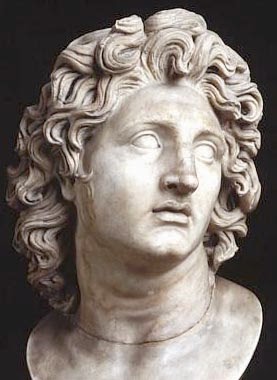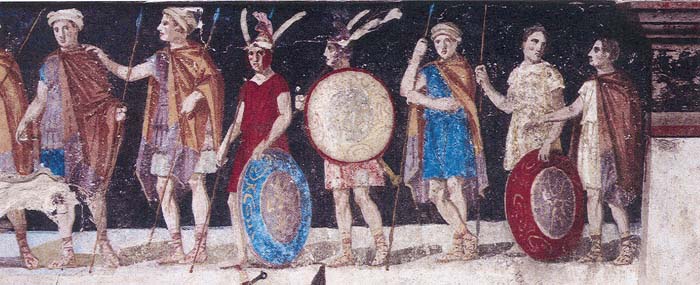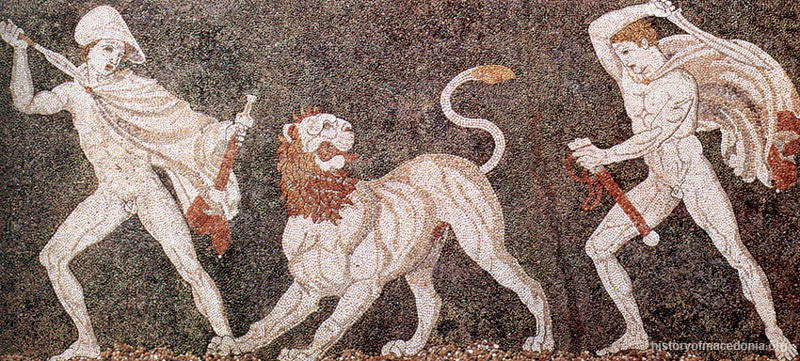Jovialis
Advisor
- Messages
- 9,309
- Reaction score
- 5,858
- Points
- 113
- Ethnic group
- Italian
- Y-DNA haplogroup
- R-PF7566 (R-Y227216)
- mtDNA haplogroup
- H6a1b7
Don't compare Kim Jung Un with Alexander, please.
Not my intention, I meant more to compare the supernatural-like lionization, that is prevalent among many leaders.





:format(jpeg):mode_rgb():quality(40)/discogs-images/R-4268466-1360230874-3066.jpeg.jpg)











